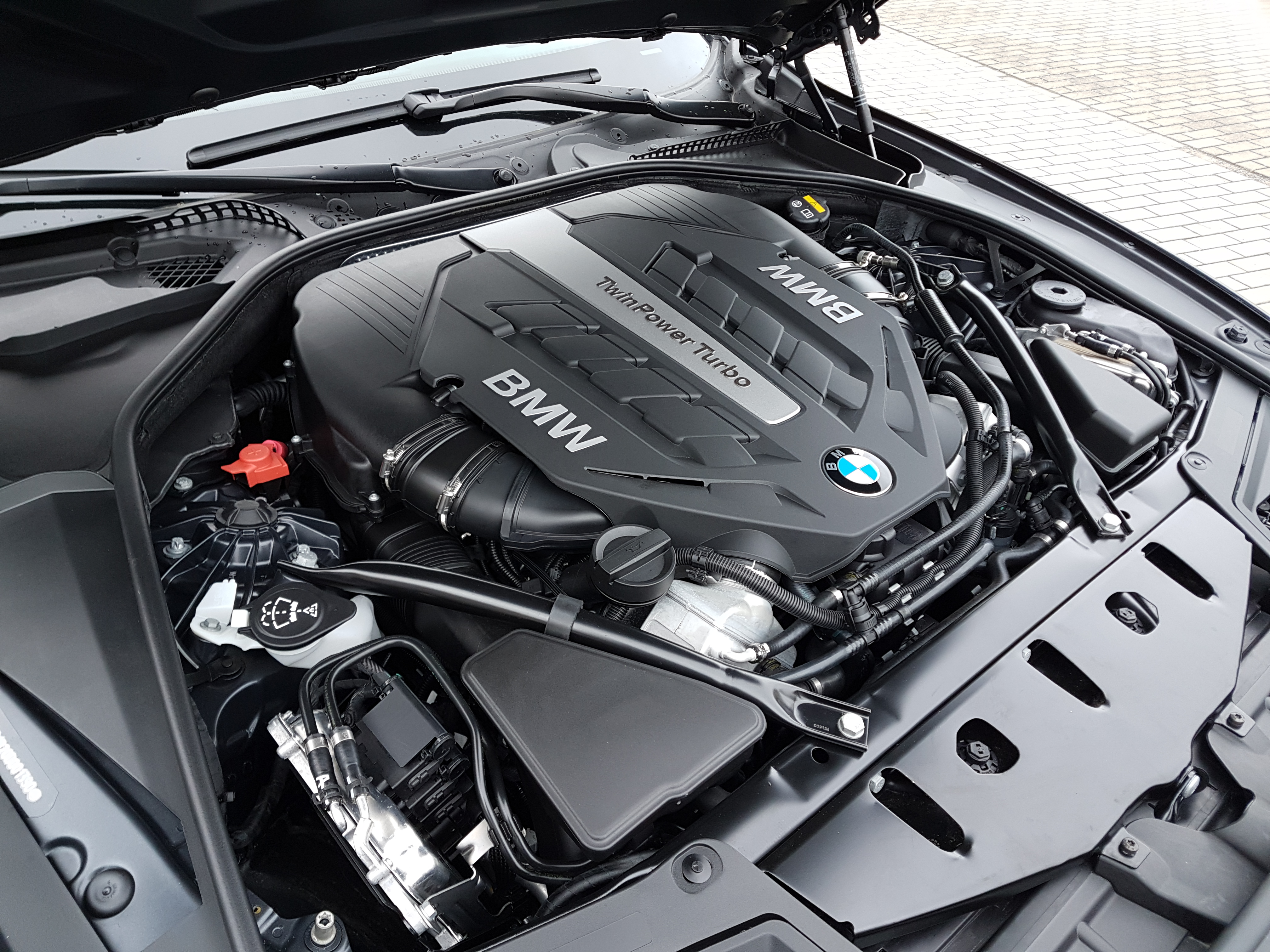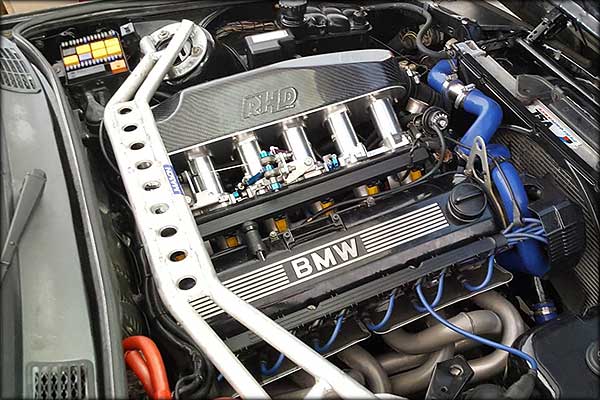Exploring the Development of Burning Engines in Modern Transportation Systems
As we browse the landscape of modern-day transportation, the evolution of combustion engines stands as a testimony to human resourcefulness and design expertise. The interaction of history, innovation, and environmental concerns in forming the trajectory of burning engines develops a story that is both compelling and informative.
Very Early Beginnings of Combustion Engines
Exactly how did the concept of burning engines very first arise in the beginning of transportation advancement? When the principles of inner combustion were very first explored, the roots of burning engines can be mapped back to the 17th century. In 1673, Christian Huygens conceptualized a fundamental internal combustion engine that utilized gunpowder to create power. However, it had not been until the late 19th century that practical applications of combustion engines in transport started to emerge.
The development minute featured the creation of the very first effective gasoline-powered engine by Karl Benz in 1885 - bmw engine. This engine led the way for the advancement of the modern-day car, transforming transport systems worldwide. Subsequent technologies by Nikolaus Otto and Gottlieb Daimler further refined combustion engine innovation, leading to the automation of automobiles and the rapid development of the transportation sector
These very early burning engines were identified by their simpleness and performance, laying the structure for the facility and effective engines made use of in contemporary transportation systems. The evolution of burning engines has contributed fit the way we travel and transfer products, marking a considerable milestone in the history of transportation development.
Change to Internal Burning Modern Technology
The transition to inner combustion modern technology noted a pivotal change in the advancement of transport systems. This change began in the late 19th century, with innovators like Nikolaus Otto and Gottlieb Daimler establishing the first successful internal burning engines. These engines transformed transport by using a much more powerful and effective option to steam engines and electric motors.
Among the essential advantages of interior combustion engines was their capacity to be scaled down to fit into automobiles, leading to the development of autos and motorbikes. This change from large, fixed engines to small, mobile ones led the way for the modern transport systems we see today.
The shift to internal combustion technology also spurred advancements in gas modern technology, causing the development of gas and diesel as primary fuel sources for lorries. This shift not just made transportation much more easily accessible to the masses but additionally laid the foundation for the oil and gas sector to come to be integral to international economic situations.
Influence of Combustion Engines on Transportation
The fostering of burning engines in transport systems militarized a profound shift in the performance and rate of global wheelchair. Combustion engines reinvented transportation by giving a functional and reliable resource of power for various cars, consisting of automobiles, planes, ships, and trucks. This development significantly improved the ability for goods and people to conform cross countries in shorter period, leading to enhanced connectivity in between regions and nations.
Furthermore, the extensive usage of combustion engines has actually had a considerable impact on economic advancement. The ability to deliver products effectively has spurred trade and commerce, enabling organizations to increase their markets and reach consumers worldwide. This has actually helped with financial growth and globalization, as items can now be carried quicker and in bigger amounts than ever in the past.
Nonetheless, the ecological influence of combustion engines can not be ignored. The burning of nonrenewable fuel sources has actually caused air pollution and greenhouse gas emissions, adding to environment change and presenting health threats to populations. bmw engine. Therefore, there is a growing emphasis on developing alternative propulsion technologies to minimize these unfavorable results and develop a much more sustainable future for transport
Technologies in Burning Engine Style
Many developments in combustion engine design have propelled the evolution of transport systems over the years. One noteworthy development is the growth of turbocharged engines, which make use of exhaust gases to drive a wind turbine that presses incoming air, enabling more fuel to be burned, resulting in enhanced power output without a significant rise in engine size. Furthermore, straight injection technology has actually enhanced gas effectiveness and efficiency by exactly regulating the quantity and timing of fuel infused into the combustion chamber. Variable shutoff timing systems have actually likewise revolutionized engine design by maximizing air movement at various engine speeds, enhancing both power and performance. An additional considerable improvement is the integration of lightweight products such as carbon fiber and aluminum alloys, reducing total engine weight and enhancing lorry gas you can look here economy. Innovations in computer-aided style have actually made it possible for engineers to enhance engine efficiency and efficiency with simulations before physical prototypes are built, saving time and sources in the development procedure. These developments jointly contribute to the constant enhancement of combustion engines in modern-day transportation systems.
Future Fads in Combustion Engine Development
With modern technology innovations driving constant advancement, the future of combustion engine development is poised to revolutionize transportation systems internationally. Among the crucial patterns in combustion engine development is the push towards higher efficiency and reduced emissions. Suppliers are spending greatly in research and advancement to enhance engine efficiency while meeting stringent ecological guidelines. This consists of the combination of advanced gas shot systems, improved turbocharging techniques, and the linked here use of light-weight products to enhance gas intake and reduce carbon exhausts.
An additional prominent pattern is the adoption of crossbreed technologies in combustion engines. Crossbreed engines integrate standard combustion innovation with electric power, offering boosted fuel efficiency and reduced exhausts. As the automotive market shifts in the direction of electrification, hybrid combustion engines are seen as a transitional service that bridges the space in between traditional vehicles and completely electric ones.
Additionally, the assimilation of clever modern technologies, such as expert system and data analytics, is expected to play a considerable function in the future of burning engine advancement. These innovations can optimize engine efficiency in real-time, causing much more efficient burning procedures and enhanced general automobile efficiency. Embracing these future patterns will certainly not just drive development in combustion engine advancement yet additionally add to a much more environmentally friendly and sustainable transport ecological community.

Conclusion
In final thought, the evolution of burning engines in contemporary transport systems has been noted by substantial innovations in technology and design. From the very early starts of burning engines to the transition to interior combustion modern technology, these engines have actually had an extensive effect on transport. Technologies in combustion engine design proceed to drive progress in this field, with future trends focusing on additional enhancing efficiency and reducing exhausts. The future of burning engines in transport looks promising as research study and growth efforts continue to push borders.
The roots of combustion engines can be mapped back to the 17th century websites when the concepts of interior burning were initial checked out. These engines reinvented transport by offering an extra powerful and efficient choice to steam engines and electrical motors.

Comments on “How to Preserve Your BMW Engine for Optimal Efficiency and Durability”